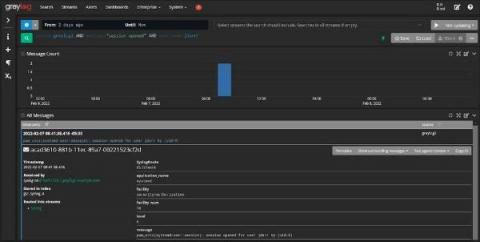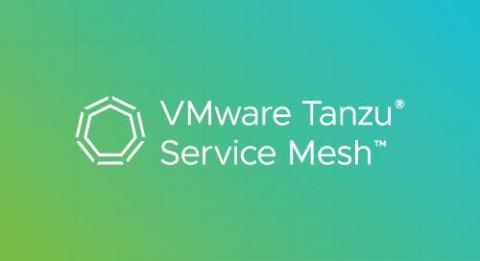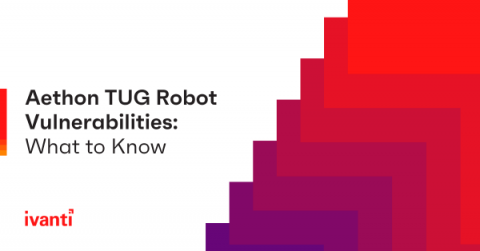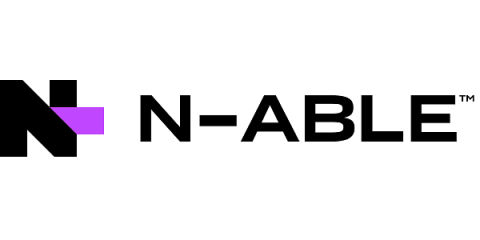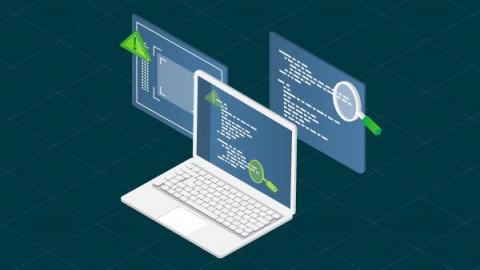Operations | Monitoring | ITSM | DevOps | Cloud
Security
The latest News and Information on CyberSecurity for Applications, Services and Infrastructure, and related technologies.
Tools for Threat Hunting and IT Service Risk Monitoring
Cybersecurity can often seem intimidating for IT teams. After all, things like “threat hunting,” “red teaming,” and “blue teaming” are not used in IT operations. On the other hand, just because these words are terms of art doesn’t mean that they’re activities you don’t do already. You’re probably already using log data as part of your IT operations incident response.
Using Global Namespaces and Zero-Trust Policies with VMware Tanzu Service Mesh
VMware Tanzu Service Mesh delivers a federated Istio service that brings significant value for enterprise customers beyond the core open source project, improving application security, resiliency, and multi-cloud operations.
5 New Aethon TUG Robot Vulnerabilities Expose Healthcare Facilities to IoMT Hackers
Healthcare providers must be extremely vigilant in their cybersecurity defense posture. After all, vulnerabilities in the Internet of Medical Things (IoMT) cost hospitals nearly $21 billion in 2021. New security discoveries by Ivanti partner Cynerio recently made that statistic personal for many providers. While working with an existing healthcare customer, Cynerio found five zero-day vulnerabilities in Aethon TUG autonomous robots – an IoMT device found in many healthcare facilities.
ZScaler Event Optimization with Cribl Stream
ZScaler delivers a suite of well-regarded products for helping IT securely move from network infrastructure to the cloud, using principles of zero trust. According to their website, they have 5,600+ customers and process 200B+ daily transactions.
Using Google Workspace Data for Security Observability
Keeping your systems secure is a never-ending challenge. Not only is it necessary to monitor and secure your own tech stack, but each new service a company uses creates another potential avenue for bad actors to try to exploit for their own ends.
2022 MITRE ATT&CK Evaluation Results Are In-What You Need to Know
It’s that time of the year again! The MITRE Engenuity ATT&CK evaluation results are in and generating quite the buzz in the industry. And for good reason. The MITRE Engenuity ATT&CK evaluation focuses on a tool’s ability to prevent and detect cyber attacker behaviors. Now in its fourth round of testing, it has become the de-facto standard for how security solutions perform against different advanced cyberattack scenarios.
Are disconnected RDP sessions ticking time bombs in your network?
I think we’ve all been there before – you log on to a server remotely via RDP, and do the needful – but don’t immediately log off. But then you get distracted by a phone call, an email, a chat, or a good old-fashioned physical interaction with another human being. So when it comes time clock out for the night, you shut down your computer or log off. Or maybe you’ve been working on a laptop and your VPN got interrupted.
Seamlessly Secure Your Cloud Workloads
You’ve secured your cloud identities. You’ve hardened your cloud security posture. You’ve configured strong cloud access controls. But there’s still one more thing you need in order to secure your cloud environment: a cloud workload protection platform, or CWPP. Cloud workload protection platforms secure the workloads that run on your cloud — which are distinct from the infrastructure, user identities and configurations that form the foundation of your cloud environment.
SAST vs DAST: what they are and when to use them
As digital transformation accelerates and more organizations use software solutions to facilitate work operations, security threats have become more commonplace. Cybercriminals tirelessly develop ways to exploit software application vulnerabilities to target organizational networks. A notable example is the 2017 Equifax data breach, which exposed the personal details of 145 million Americans.



